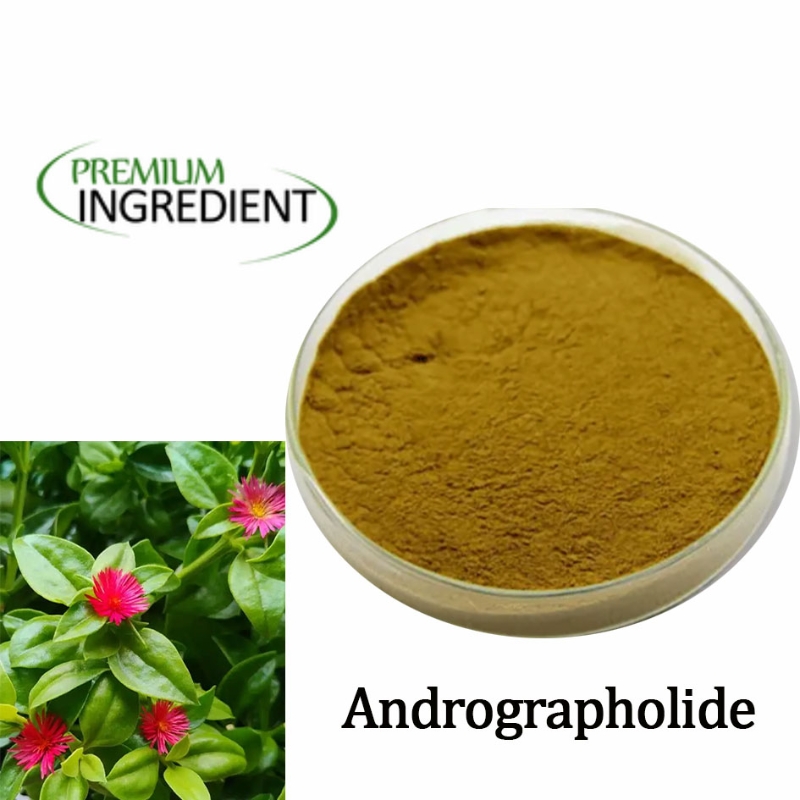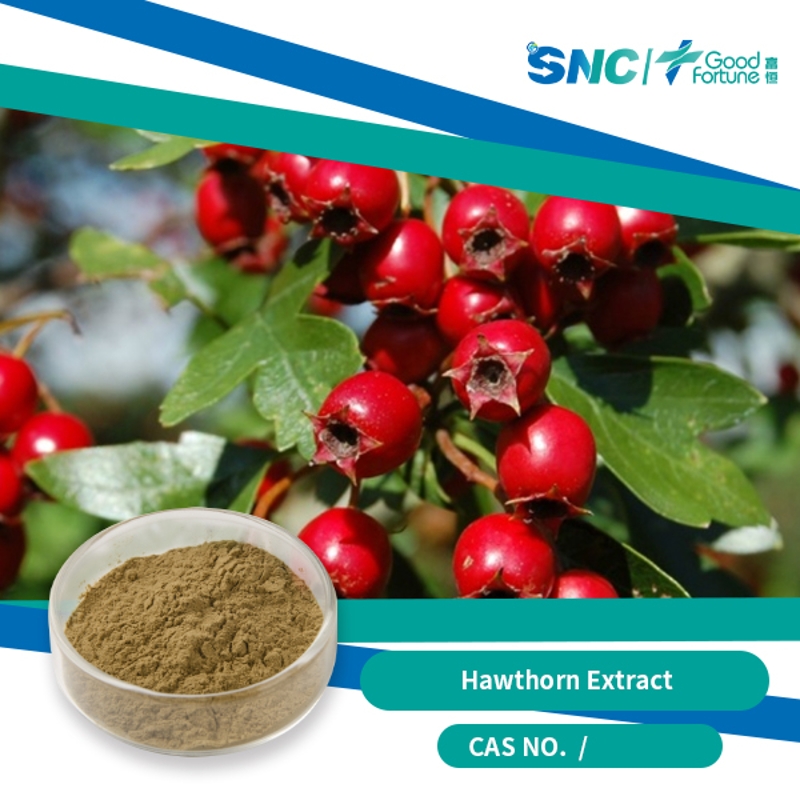-
Categories
-
Pharmaceutical Intermediates
-
Active Pharmaceutical Ingredients
-
Food Additives
- Industrial Coatings
- Agrochemicals
- Dyes and Pigments
- Surfactant
- Flavors and Fragrances
- Chemical Reagents
- Catalyst and Auxiliary
- Natural Products
- Inorganic Chemistry
-
Organic Chemistry
-
Biochemical Engineering
- Analytical Chemistry
-
Cosmetic Ingredient
- Water Treatment Chemical
-
Pharmaceutical Intermediates
Promotion
ECHEMI Mall
Wholesale
Weekly Price
Exhibition
News
-
Trade Service
The low efficiencies of most plant transformation methods necessitate the use of selectable marker genes to identify those cells that successfully integrate and express transferred
DNA
. Genes conferring resistance to various antibiotics or herbicides are commonly used in laboratory transformation research. They encode proteins that detoxify corresponding selection agents and allow the preferential growth of transformed cells. This chapter describes the application of two selection systems on the transformation of wheat. One is based on the
npt
II gene and corresponding aminoglycoside antibiotics, the other is based on the
bar
gene and corresponding glufosinate ammonium herbicides.







